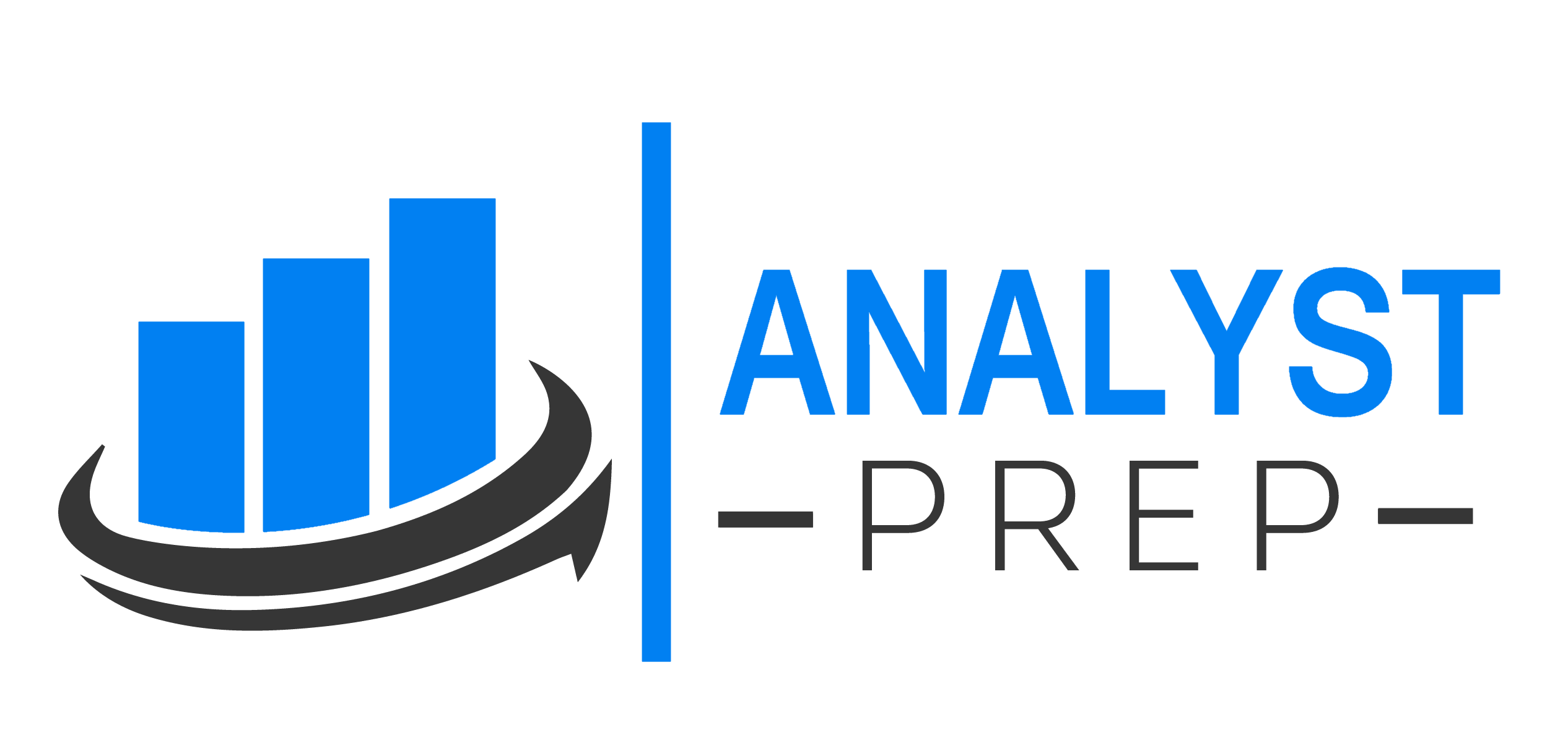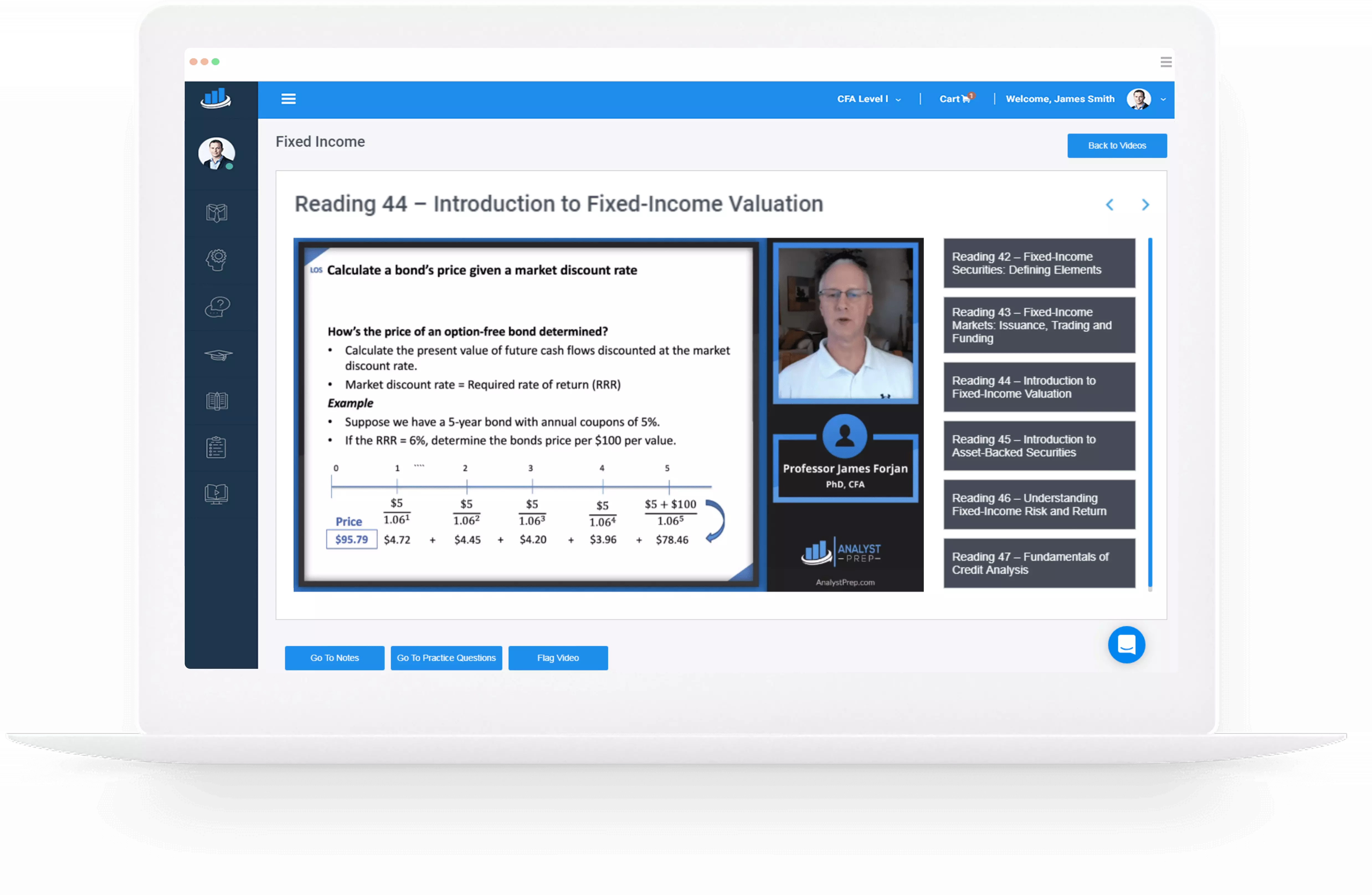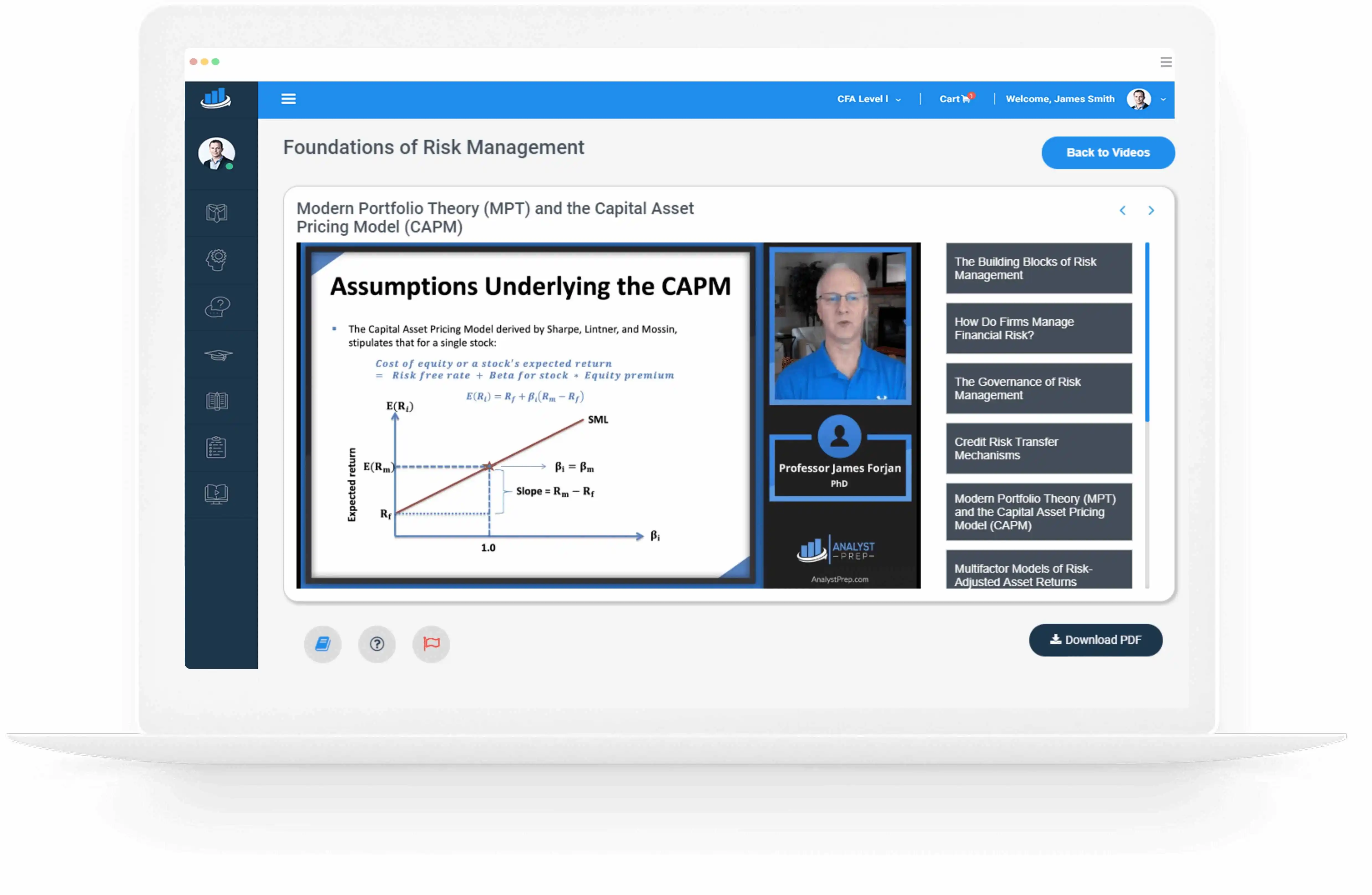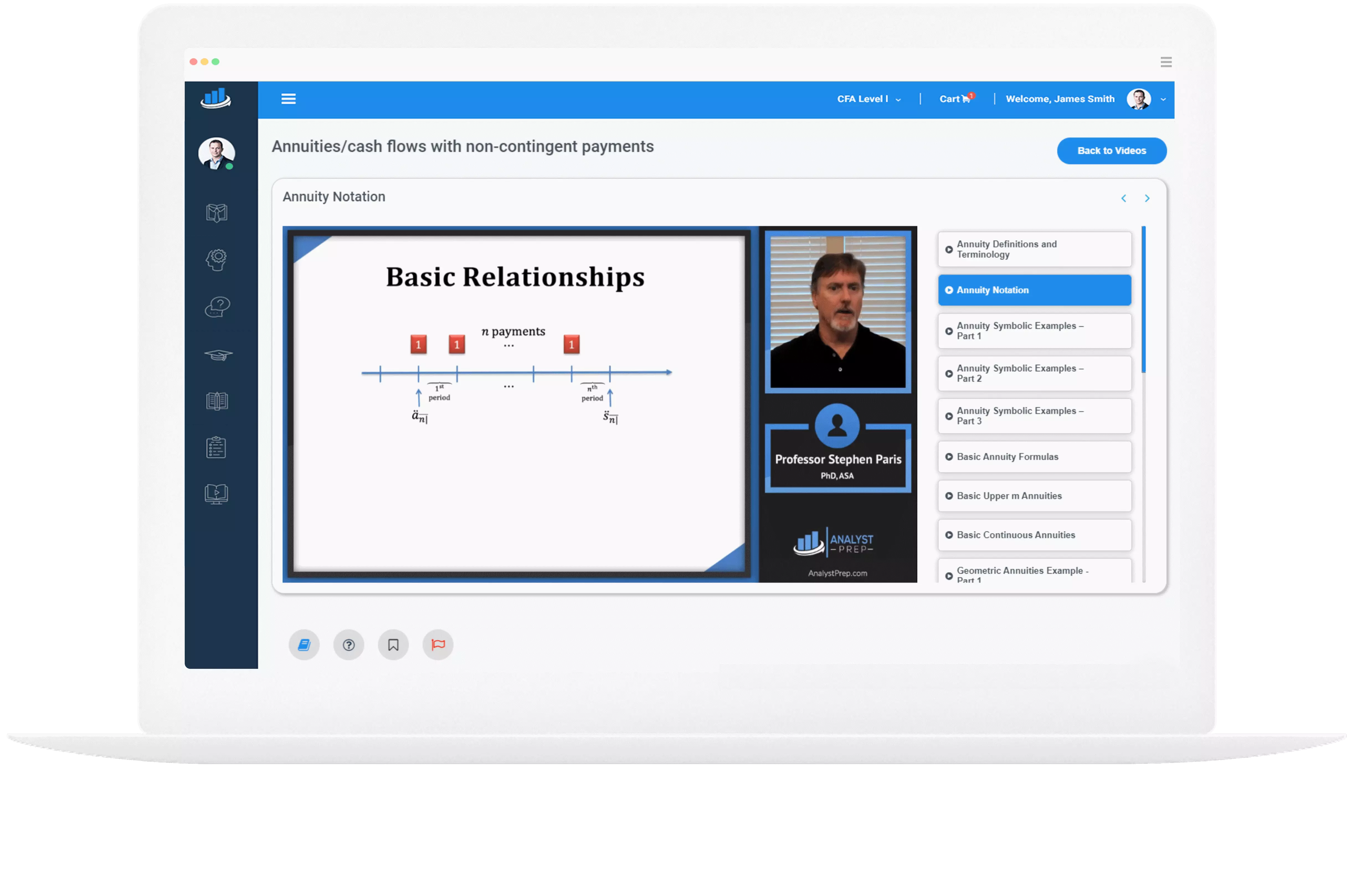Par and Forward Rates
Par Rates A par rate is the yield-to-maturity that equates the present value of a bond’s cash flows to its par value (typically \(100\%\) of face value). Spot rates play a pivotal role in determining par rates. For a bond…
Spot Rates, Spot Curve, and Bond Pricing
Spot Rates Spot rates are the market discount rates for default-risk-free zero-coupon bonds. Unlike typical bonds that offer periodic interest payments, these bonds are sold at a discount and repaid at face value upon maturity. Sometimes referred to as “zero…
Identifying the Type of Market Structures
Monopoly markets and situations where companies hold significant pricing power can result in market inefficiencies, as the monopolies tend to constrain output in order to sell at higher prices. Due to this, many countries have a competition law that regulates…
Oligopoly Competition
Demand Analysis under Oligopoly Competition The demand curves in oligopoly markets are influenced by the level of pricing interdependence among firms. When collusion exists in a market, the aggregate market demand curve is divided among the individual producers. In the…
Monopolistic Competition
Demand Analysis under Monopolistic Competition In monopolistic competition, firms have a downward-sloping demand curve, meaning lower prices lead to more demand and vice versa. At some prices, demand is very responsive to changes (elastic), and at lower prices, demand is…
Characteristics of Market Structures
Factors that Influence Market Structure. The number and relative magnitude of firms supplying a product. The extent of product differentiation. The seller’s power over pricing decisions. The strength of the barriers to entry and exit. The extent of non-price competition…
Breakeven Analysis
Companies can be grouped as operating in perfect or imperfect competitive environments depending on the slope of the demand curve. Perfectly Competitive Environment In a perfectly competitive environment, firms are the price takers. That is, the firm must accept the…
Yield Spread Measures for Money Market Instruments
Money market instruments are short-term debt securities with original maturities of one year or less. They are a crucial part of the financial market and include a variety of instruments such as overnight sale and repurchase agreements (repos), bank certificates…
Yield Spread Measures for Floating-rate Instruments
Floating Rate Instruments Floating-rate instruments, such as floating-rate notes (FRNs) and most loans, differ from fixed-rate bonds in their periodic payment dynamics. Their interest payments fluctuate based on a reference interest rate, ensuring the borrower’s base rate remains aligned with…
Issuance and Trading of Government and Corporate Fixed-income Instruments
Sovereign vs. Corporate Debt Issuance Process There is a clear distinction between corporate and sovereign debt issuance processes. Corporate debt issuance tends to be opportunistic and is managed by investment bank underwriters on behalf of the issuers. On the other…




